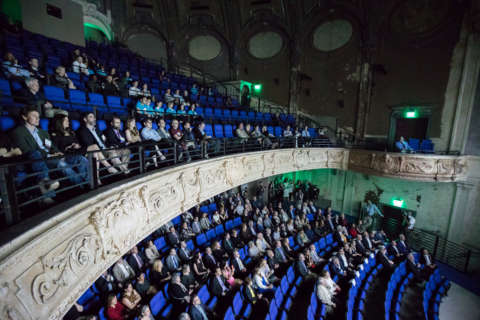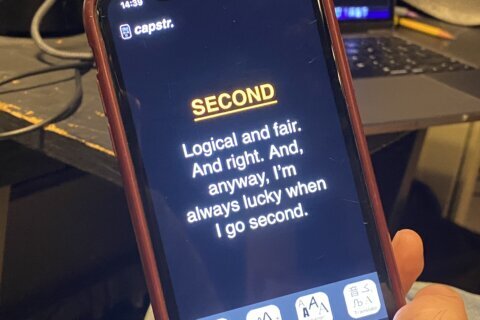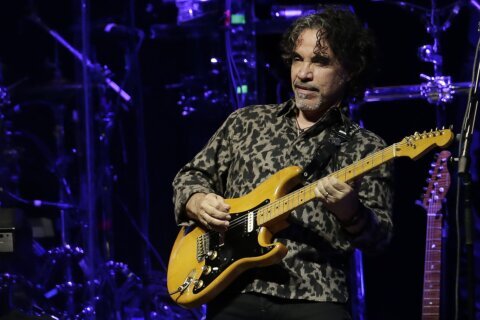It was penned in 1896 and, a century later, it’s themes inspired Jonathan Larson’s 1996 Broadway musical “RENT.”
Now, Washington National Opera performs “La Bohème” at the Kennedy Center from May 13 to May 27.
The story follows four Frenchmen — poet Rodolfo, painter Marcello, musician Schaunard and philosopher Colline — who experience the joy and heartbreak of young love through the bustling cafes and gritty garrets of Paris.
“It’s about a bunch of friends called the Bohemians in Paris,” WNO Performer Kang Wang told WTOP. “The character I’m playing is Rodolfo.
“He’s a writer, a poet … he writes a lot but doesn’t get employed much. They seem to be very poor and penniless, but apparently he did have a millionaire uncle that gave him allowances every month, but he spends it all in three days at the beginning of every month, so he lives in poverty the other 27 days.”
While “RENT” features the tragic romance of Roger and Mimi amid the AIDS crisis of New York City in the 1980s, “La Bohème” features the tragic romance of Rodolfo and Mimi amid tuberculosis in early 20th century Paris.
“The story starts with him meeting the neighbor, Mimi [played by Gabriella Reyes], they fall in love, they have arguments like all couples and they have breakups,” Wang said. “When they met, Mimi already had TB, tuberculosis, and eventually at the end of the act, she dies of it, so it’s basically a tragedy but with great music.”
The music is written by composer Giacomo Puccini with a libretto by Giuseppe Giacosa and Luigi Illica. It’s sung in Italian with projected English titles, originally designed by Kelley Rourke for The Glimmerglass Festival.
“The most famous [songs] in ‘La Bohème’ are the Act 1 arias by both Rodolfo and Mimi, so they both have their own solo section and then they have a duet,” Wang said. “Then another very famous one would be the quartet with Marcello, Rodolfo, Mimi and Musetta at the end of Act 3. The aria that I sing is called ‘Che gelida manina,’ which translates to ‘what a tiny frozen hand you have.'”
Throughout the years, different versions have been set in different parts of the world, including a Paris production set on a space ship in the future and an Australian production set in Berlin during World War II. This latest version at the Kennedy Center is set in Paris just after World War I as Colline is a wounded veteran returning from war.
“There’s a reason why ‘La Bohème’ [has been] one of the most popular operas in the world for so many decades,” Wang said. “There are so many elements that people can relate to and the tragedy that happens in real life more often than we want. We have a lot of people who pursue their dreams, but are penniless. And we have a lot of lovers who want to be together, but couldn’t because of COVID. So there’s a lot of things that people can relate to in this opera.”
Listen to our full conversation here.








